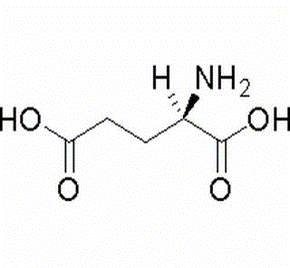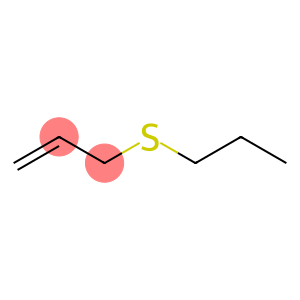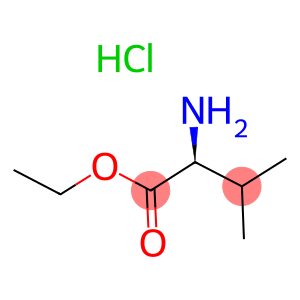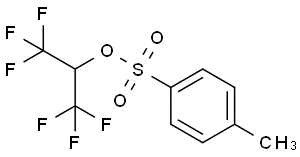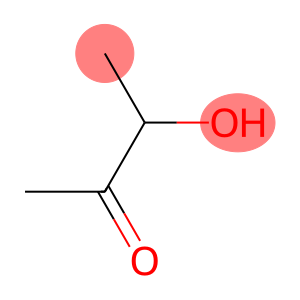D(-)-Glutamic acid(CAS# 6893-26-1)
| Hazard Symbols | Xi – Irritant |
| Risk Codes | 36/37/38 – Irritating to eyes, respiratory system and skin. |
| Safety Description | S24/25 – Avoid contact with skin and eyes. S36 – Wear suitable protective clothing. S26 – In case of contact with eyes, rinse immediately with plenty of water and seek medical advice. |
| WGK Germany | 3 |
| FLUKA BRAND F CODES | 10 |
| TSCA | Yes |
| HS Code | 29224200 |
Introduction
D-glutenate, also known as D-glutamic acid or sodium D-glutamate, is a naturally occurring amino acid with a variety of important properties and uses.
The main properties of D-gluten are as follows:
Mild taste: D-gluten is an umami enhancer that enhances the umami taste of foods and enhances the flavor of foods.
Nutritional supplement: D-gluten is one of the essential amino acids for the human body and plays an important role in maintaining human health.
Chemically stable: D-glunine is relatively stable under acidic conditions and can also maintain relative stability under high temperature conditions.
Use of D-Gluten Acid:
Biochemical research: D-glutamic acid is widely used in biochemical research and experiments to study its biochemical reactions and metabolic pathways in living organisms.
The preparation method of D-gluten is mainly obtained by microbial fermentation or chemical synthesis. Microbial fermentation production is currently the main preparation method, using certain strains to produce a large amount of D-glutamic acid through fermentation. Chemical synthesis generally uses synthetic raw materials and specific reaction conditions to synthesize D-gluten acid.
Safety Information of D-Gluten: In general, D-Gluten is safe under conditions of proper use and storage. In addition, for certain populations, such as infants and pregnant women, or those with glutamate sensitivity, it may be more appropriate to use or avoid D-glutamate in moderation.


